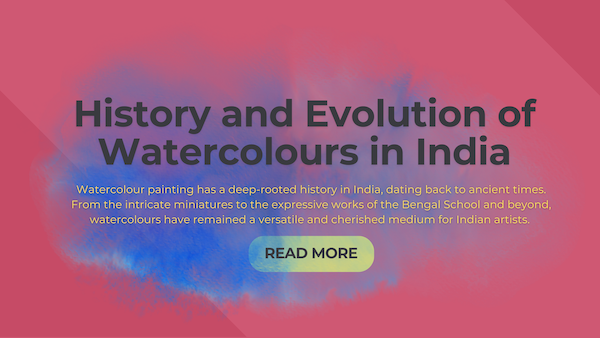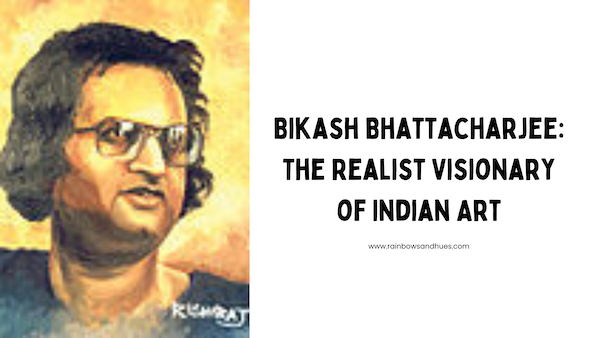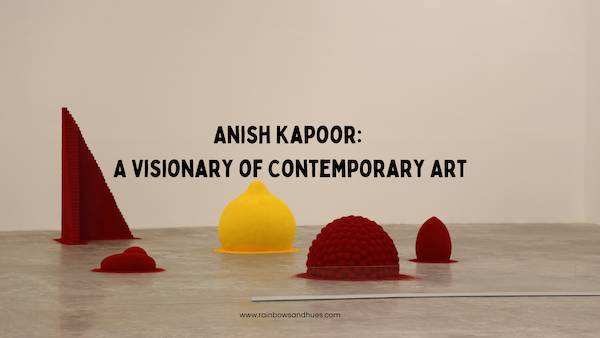Watercolour painting has a deep-rooted history in India, dating back to ancient times. From the intricate miniatures to the expressive works of the Bengal School and beyond, watercolours have remained a versatile and cherished medium for Indian artists. With the continued passion and creativity of artists, watercolour painting in India continues to flourish and evolve, capturing the essence of Indian culture, landscapes, and emotions.
Also Read: The History and Evolution of Watercolours
Ancient Origins
Watercolour painting in India can be traced back to ancient times. Early Indian artists used natural pigments mixed with water to create exquisite artwork on cave walls and religious manuscripts.
Influence of Miniature Paintings
During the medieval period, miniature paintings emerged as a prominent art form in India. Watercolours were extensively used to create intricate and detailed illustrations in religious texts and courtly manuscripts.
Arrival of European Influence
With the arrival of European colonial powers in India, watercolours gained popularity among Indian artists. The British introduced watercolour painting as a part of the art curriculum in institutions, blending European techniques with traditional Indian styles.
Also Read: Lippan Art: A Unique Blend of Tradition and Craftsmanship
Watercolour Landscapes
In the 18th and 19th centuries, Indian artists started experimenting with watercolours to depict landscapes and nature scenes. European artists, such as Daniell brothers, painted Indian landscapes with a focus on architectural and scenic beauty.
Bengal School of Art
The Bengal School of Art, founded in the late 19th century, played a crucial role in promoting watercolour painting as a distinct art form. Artists like Abanindranath Tagore and Nandalal Bose used watercolours to create evocative and expressive works inspired by Indian mythology and folk tales.
Also Read: Understanding Art Papers – 1
The Modern Era
In the 20th century, watercolour painting continued to evolve in India. Modern artists like Jamini Roy and Amrita Sher-Gil incorporated watercolours into their artistic repertoire, depicting rural life and social issues.
Contemporary Watercolour Artists
Today, contemporary Indian artists continue to explore the possibilities of watercolours. From traditional landscapes to abstract expressions, watercolours remain a popular medium for artists to convey their emotions and artistic visions.
***
Hop over to our website www.rainbowsandhues.com to buy premium quality paintbrushes and colors! Follow @rainbowsandhues on Instagram to get regular information on new products and deals!




